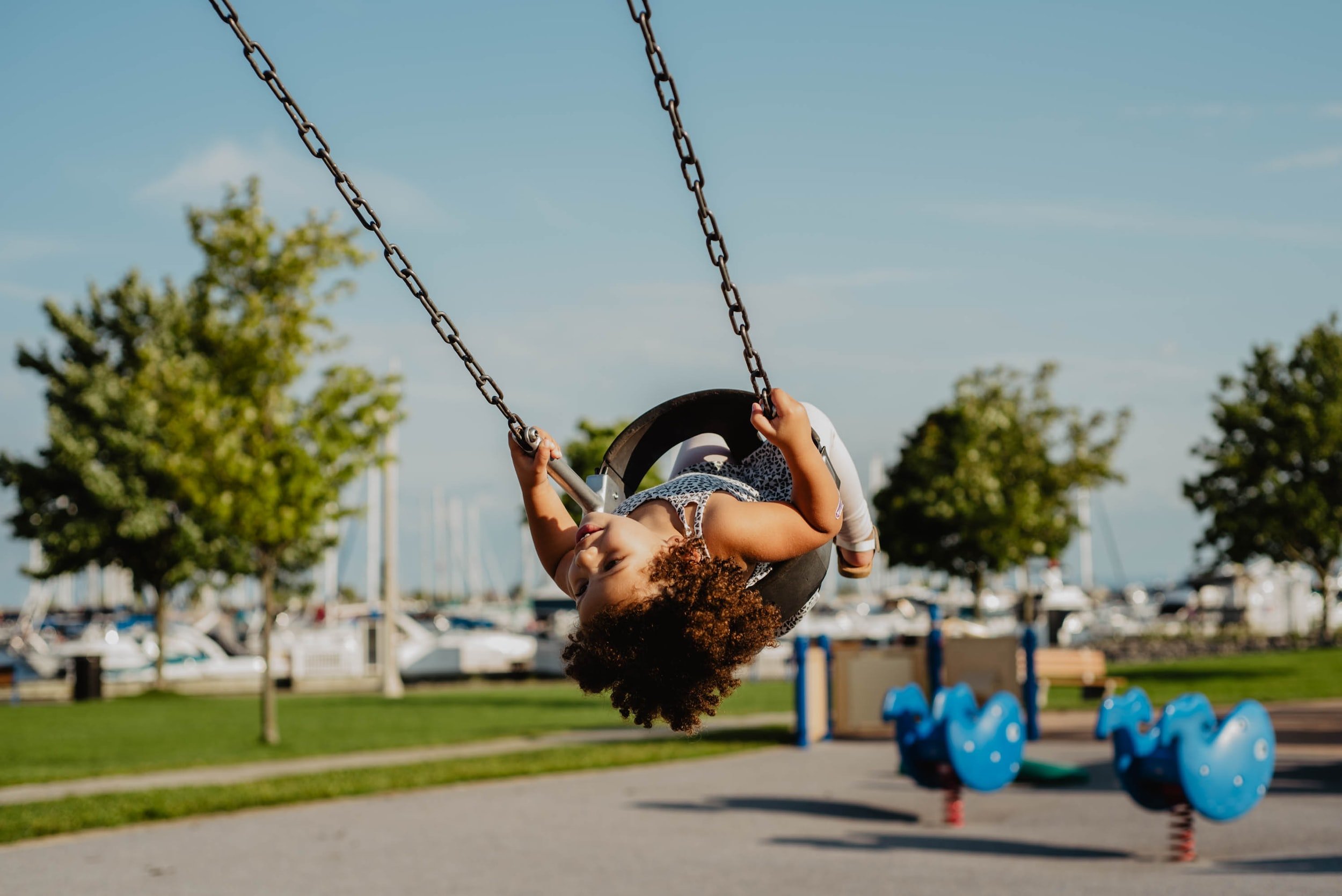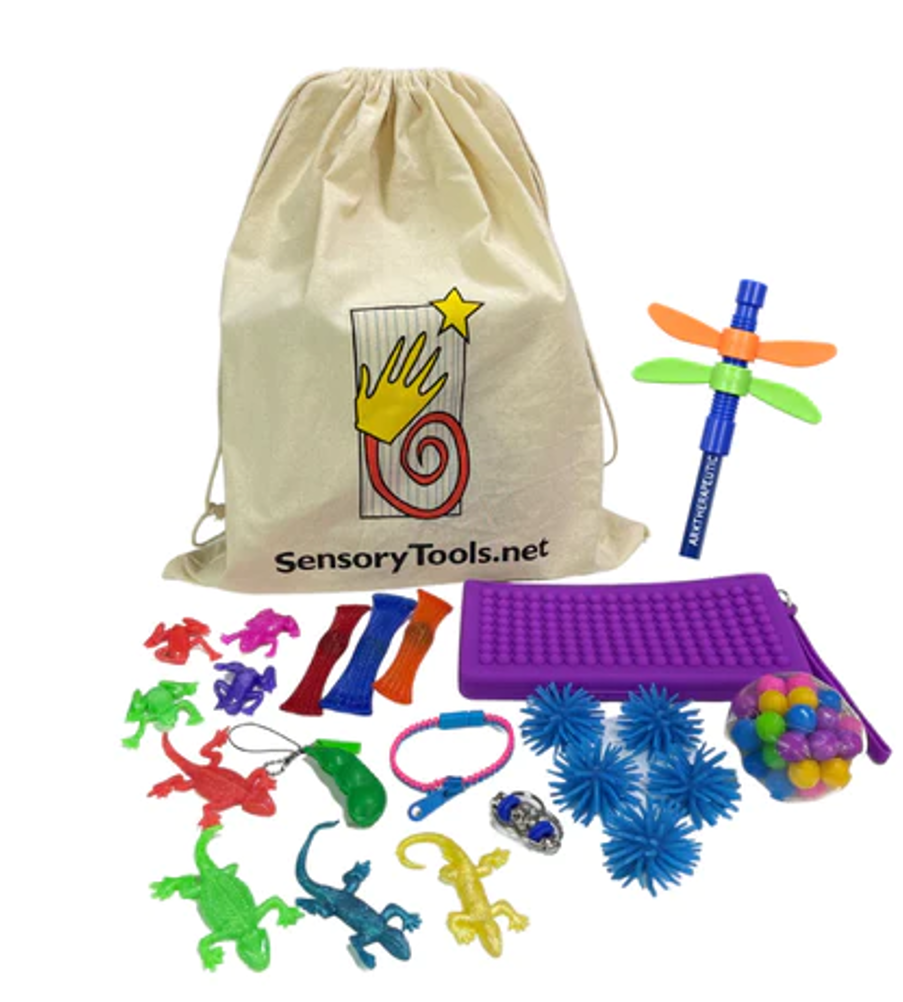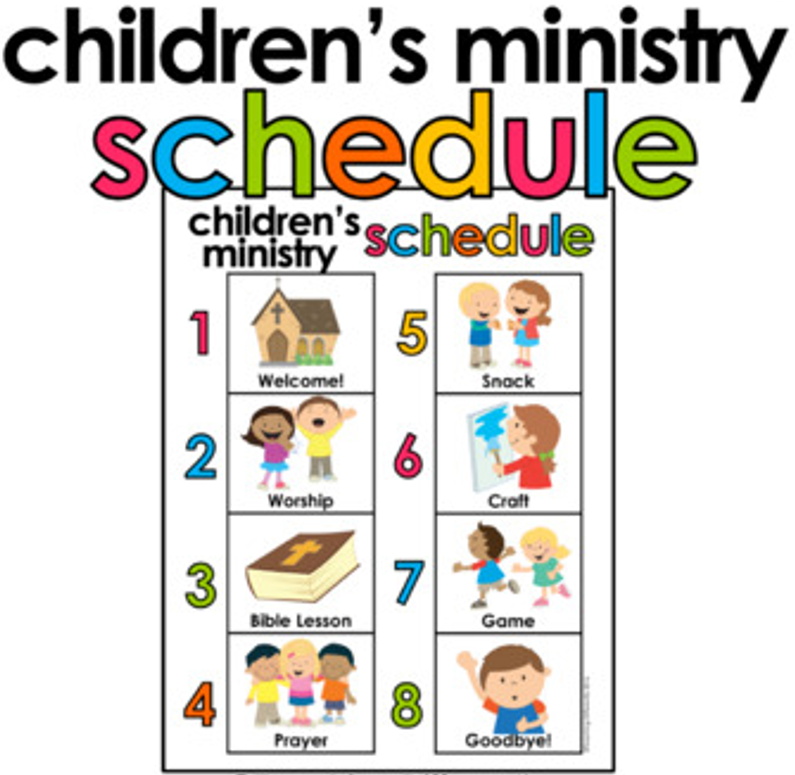Accommodating for Differences in Sensory Processing Needs at Church
By Tahnee Westbury
Traditionally, churches often have set ways of doing things that do not accommodate all individuals. As we aim to make our churches welcoming and accessible to all, one of the key factors to consider is how to care for individuals with sensory processing differences. By doing this we can help many individuals and their families feel included and welcomed into community. For some, it may even be the difference between being able to attend a physical church service rather than staying at home.
What are sensory processing disorders?
Sensory processing disorders are differences in how one's body processes internal and external sensory input into the body. We all know about our five external senses: vision, hearing, touch, taste and smell; but we also have three lesser-known internal senses: proprioception (internal muscle sense of body position in space), kinaesthesia (sense of body movement) and interoception (internal sense of hunger and needing to go to the toilet). Everyone has their own sensory preferences such as how loud they like music, what textures of clothes they like to wear and what types of food they enjoy eating. These preferences are related to the way that our own central nervous systems are wired. We are as unique in our central nervous systems as we are unique in our design by God. For someone with a sensory processing disorder, they are more likely than most to find the sensory input from their environment challenging or require more input.
Who is affected by sensory processing disorder?
Sensory processing disorder can be a diagnosis on its own but it also commonly occurs in children and adults with diagnoses such as autism spectrum disorders, attention deficit hyperactivity disorder, Down syndrome, intellectual delays or syndromes such as Fragile X. Even if these individuals do not have a formal diagnosis of a sensory processing disorder, they often have more sensitivities and processing challenges than their neurotypical peers. It is good to remember however, that everyone at one stage or another may find their environment and its sensory input challenging (consider whether you have ever felt overwhelmed yourself in a noisy indoor play centre!). This is especially true when entering a new environment that we are unfamiliar with such as when visiting a new church.
What does it mean for someone to feel overloaded by their environment?
For people who are neurodivergent, their body’s sensory processing system can be more sensitive (low threshold) or less sensitive (high threshold) to sensory input. When overloaded, this may be expressed in behaviours that are seen as less appropriate at church. This may be active behaviours to remove oneself from the situation such as running outside or hiding under tables, or behaviours focused on seeking additional input by hugging or crashing into others, calling out or putting non-food objects in their mouth. These behaviours indicate that a person is feeling overloaded or overwhelmed in a situation. They need to take a break and remove themselves from the situation. However, these behaviours, can at times, not be understood as socially appropriate to the setting, which at church is typically a sedate and quiet environment. Ideally, we need to be aware of times when children and adolescents are communicating to us that they are experiencing discomfort (often non-verbal communication seen in their faces and bodies) and make modifications before they reach overload and meltdown. This is when the activities suggested below will be most meaningful and helpful in allowing people to stay regulated.
What can we do to help individuals who are feeling overloaded?
It makes sense to design our environments around our needs and the way that God has made us rather than what is seen as “proper.” Allowing people who are feeling overloaded to have a chance to calm themselves is important. Once overloaded, a person (or more correctly, their central nervous system) will enter a state of either flight, fight or fear, and they will need to physically remove themselves from the situation. This is where outside space is helpful, especially with climbing and swinging equipment which provides calming proprioceptive and movement input.
However, in order to be most loving and inclusive to people with disability in our churches, we should aim to prevent sensory overload in the first place.
What are some practical suggestions for churches to implement to prevent sensory overload?
The first and most important thing to do is to simply ask the individual or their family, “What can I do to help?” They will be the ones best suited to knowing what they need.
Allow break rooms, (not cry rooms - language matters!) A break room is a place that is smaller and quieter, and where a person can go and access tools to help them re-regulate, so that they can rejoin activities again. Provide privacy screens or partial window coverings to allow privacy with audio-visual access to the church service.
Provide fidget bags for loan during the service which can be picked up as families arrive. A fidget bag is helpful as it provides small items that allow sensory input in an easy and accessible way. Items which could be included in a fidget bag are air cushions to sit on, weighted toys or blankets, oral motor toys to chew, finger games to fidget with and/or playdough. Spray with disinfectant to clean after use and store until next Sunday or event. See Figure 1.
Figure 1. This is an example of a fidget bag from Sensory Tools (https://sensorytools.net/collections/value-kits)
Utilise visual timetables in kids church (and a simple service outline for adults) with simple words and photos, so that it is clear what activities are coming. (See Figure 2) Visual cards could also be used for ordering a tea/coffee during morning tea or supper after the service, especially in spaces with high auditory background noise.
Figure 2. Here is an example of what a visual timetable could look like (https://www.teacherspayteachers.com/Product/Childrens-Ministry-Visual-Schedule-2579416)
Be aware of noise levels during worship, in communal areas after services and at events and youth groups especially when inside. Noise dampening panels or headphones or earbuds could help.
Allow movement and “brain breaks” between activities and for transitions. This could be done by allowing time outdoors on climbing and swinging equipment or by asking children who need movement to take errands or books to other rooms (not as a reward for ‘good’ behaviour, but as an opportunity for movement to support engagement).
Allow activities and listening to be completed in different positions. For example, some activities could be completed while lying on the floor, standing up or sitting on an air cushion or perhaps even while spinning around! This movement provides additional sensory input to help our central nervous system stay engaged as well as movement so our muscles do not fatigue in one posture.
Encourage buddies for kids when they need a movement or brain break. All kids benefit from additional movement opportunities, and this will help everyone to learn about how they can support their friends. Completing activities together also helps friendships to grow.
Be mindful about whether someone likes or dislikes physical contact. This means asking permission before touching someone to pray for them and allowing those who wish, to take communion for themselves rather than it being handed to them.
In conclusion...
It is so important that we think about how differently God has wired each of us. For those with sensory processing difficulties, church can be a really challenging environment but with a little thought and planning, it is possible to transform this environment into a place where all individuals feel loved, welcomed and cared for – what a wonderful picture of real Christian community in action!
Tahnee Westbury is an Occupational Therapist and an active member of her local church, Mortdale-Oatley Baptist Church (MOBC). She is currently completing a Graduate Diploma in Divinity. She has been an OT for 20 years and has owned Hopalong Occupational Therapy for Children, a private paediatric OT clinic in Sydney for 15 years (www.hopalong.com.au). You can reach her on tahneew@hopalong.com.au
The views and opinions expressed on this site are those of the authors and do not necessarily reflect the official position of The 139 Collective. As a collective, we seek to humbly learn from each other’s experiences and remember the unity that we share in Christ even when our current viewpoints on the difficult topic of disability differ.



